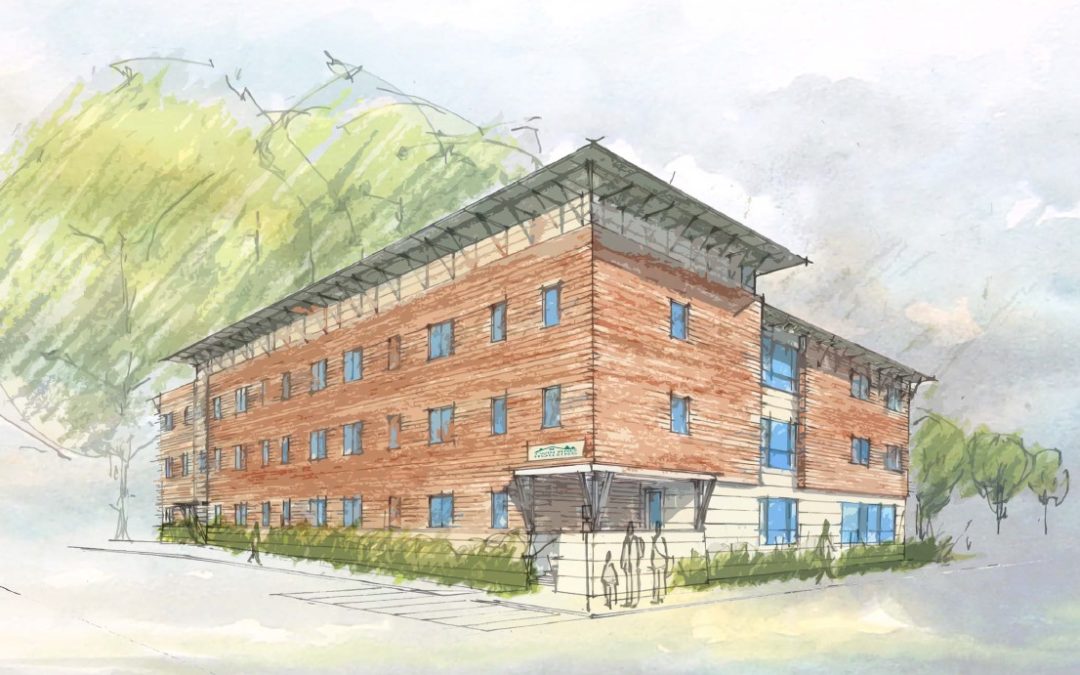An agency that helps create affordable housing in the Upper Valley of New Hampshire and Vermont has started construction on a 29-unit development in Lebanon that it says will be net-zero energy usage, including heating, from solar panels. So far as I can tell from news reports, those panels will be on the building, not off-site.
I was surprised that there is enough surface area on a three-story building to create enough electricity to handle the heating load, as well as cooling and lighting. Assuming this is the way it will work (I have queries out and will let you know if I misunderstood), this shows how much electric heat pumps have improved.
When I first moved to New Hampshire in 1987 my rental apartment had an air-sourced heat pump – that that pulled heat out of the air, rather than from water underground. Boy, it sucked – couldn’t pull enough heat out of the air in winter to heat the apartment. That reputation has lingered in the Northeast, but it seems like air-sourced heat pumps have improved, as this field assessment from two years ago says:
(Air-sourced heat pump) systems are widely used for space heating in climates with mild heating seasons, and with recent upgrades, can now meet the majority of a home’s heat load in colder climates. These systems have the greatest potential for adoption in cold-climate regions where natural gas is not available for space heating. ASHPs can offset the use of more expensive delivered fuels, and for homes with electric resistance heat, can result in a significant reduction in electrical use.


 Return to the Concord Monitor
Return to the Concord Monitor
I too am surprised to hear that they can produce enough renewable energy onsite to meet demand. Perhaps they’re planning to use building-integrated photovolatics on the facade? There doesn’t look to be much glazing, but NEXT Energy is leading the way when it comes to integrating solar power into existing infrastructure: http://bit.ly/beautifulenergy